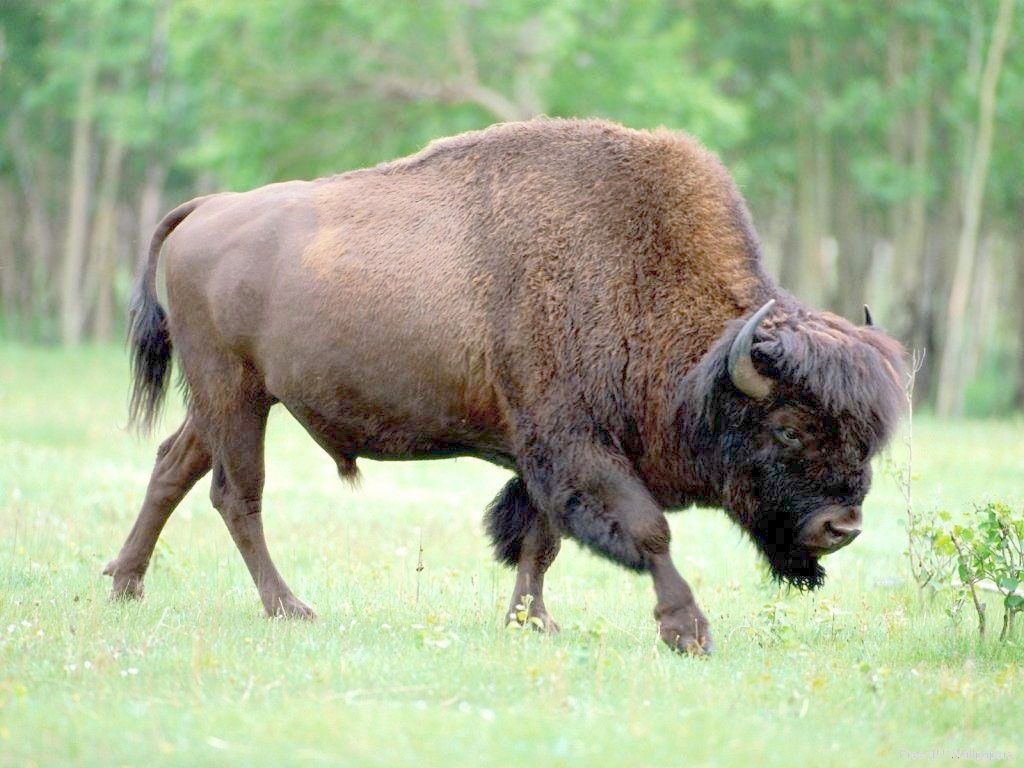Animals that lived near the shores of the Sea of Azov
On the eastern coast of the Taganrog Bay of the Sea of Azov, a series of terraces of the Upper Pliocene and Pleistocene (2 million - 10 thousand years ago) is exposed. The remains of many prehistoric mammals were discovered near the village of Semibalki. They were found by a group of students from the Russian State University while undergoing practical training in 1984, under the guidance of M.Yu. Tishkova, employee of the Institute of the Ukrainian Academy of Sciences L. Rekovets and many others. The Azov Museum contains materials from these excavations. The most unusual feature in Semibalki is that the remains of large and small vertebrates were found together, which is quite rare. The bones of trogontherium beaver, Taman elephant, large horse, elasmotherium, homotherium, hyena, large elk, compound horned deer, antelope, and short-horned bison were found here.
Homoterium cf. crenatidens Fabrini
It is represented by the right branch of the lower jaw with incisors, canine and a row of molars. It differs from a similar jaw found in Liventsovka in its larger size and smaller third molar (molar).
Hyena pachycrocuta Pachycrocuta cf brevirostis (Aymard)
It is represented by a permanent molar, assigned to the genus Pachycrocuta due to its large size (tooth length - 22.6 mm, width - 17.2 mm, height - 20.4 mm). This is a typical giant hyena of interglacial periods.
Taman elephant Archidiskodon tamanensis (Dubrovo)
Represented by a milk and molar tooth with a length of 125.0 mm (deciduous) and 275.0 mm (permanent). The species of elephants is most often determined by the average size of the crown and the number of plates that make up the tooth. According to these parameters, the found teeth differ from the teeth of the Gromov elephant, but are similar to the Taman elephant. Therefore, the finds of teeth from Semibalki were attributed specifically to this species.
Large horse Equus aff. major boule
A one-toed horse that lived at the boundary of the Pliocene and Pleistocene. It is represented by the left branch of the lower jaw of a foal with slightly worn and unaffected teeth, as well as metapodia. It is a large morphotype of the Liventsovo horse. The height at the withers along the length of the pastern and metatarsus is set to 168 cm, which is typical for giant horses.
Elk Alces cf. latifrons Johnson
Pleistocene elk. A posterior metapodium was discovered, which does not allow us to accurately determine the species, but the genus was determined - Alces. The only thing that can be said with confidence is that this species of moose is larger than all its relatives from the Tiraspol complex and senez of France.
Compound deer Eucladoceros aff. Orientalis (Radulesco, Samson)
The compound horned deer lived in Europe and Asia during the Pleistocene era. The head of this royal deer was crowned with the most branchy antlers. Horns grew from the top of his head, and each of them ended in twelve branches.
In Semibalki, 89 remains of large deer were discovered, many of which were located in anatomical order, sometimes preserving the carpal and tarsal bones in the position in which they were during the life of the animal.
In Semibalki, no whole antlers were found, which are diagnostic in determining the genus and species of deer. Only a fragment of the horn was found and is being stored. In the Azov Museum, many teeth were discovered, as well as skeletal bones: 3 cervical vertebrae, of which one atlas, 3 humerus, 5 forearms, 9 carpal bones - a complete set, 4 anterior metacarpals, 9 tibias, 6 supracalcaneal, 7 calcaneal, 8 tarsal bones, 12 posterior metatarsals, one first phalanx, one second, one third. The bones from Semibalki are predominantly larger than the bones from Liventsoki.
Antelope Pontoceros cf.ambiguus Veres., Alex.,Dav.,Baig.
In layer 4-5 of the village of Semibalki, the remains of an antelope were found: a fragment of the lower jaw; whole right anterior metapodia and fragments of metapodia. Based on the size of the bones and teeth, it was established that it was the horn antelope that was found.
Kagalnitsky
Skeletons of one of the largest representatives of the vertebrates of the Azov region - trogonteria - were found in Kagalnitsky. Trogontery is a direct ancestor of the mammoth, who lived 800-500 thousand years ago. In 1964, a complete skeleton with an intact skull (the only one in the world) was found in Kagalnitsky; the skeleton was exhibited in the Azov Museum of Local Lore and became its symbol. In 1999, another skeleton was found there. This means that entire herds of these animals lived in the Azov region. In 1997, the first skeleton was dismantled and taken to Japan, where it attracted the admiration of visitors. The height of the skeleton is 4 m, it belongs to a young male.



No comments here yet.